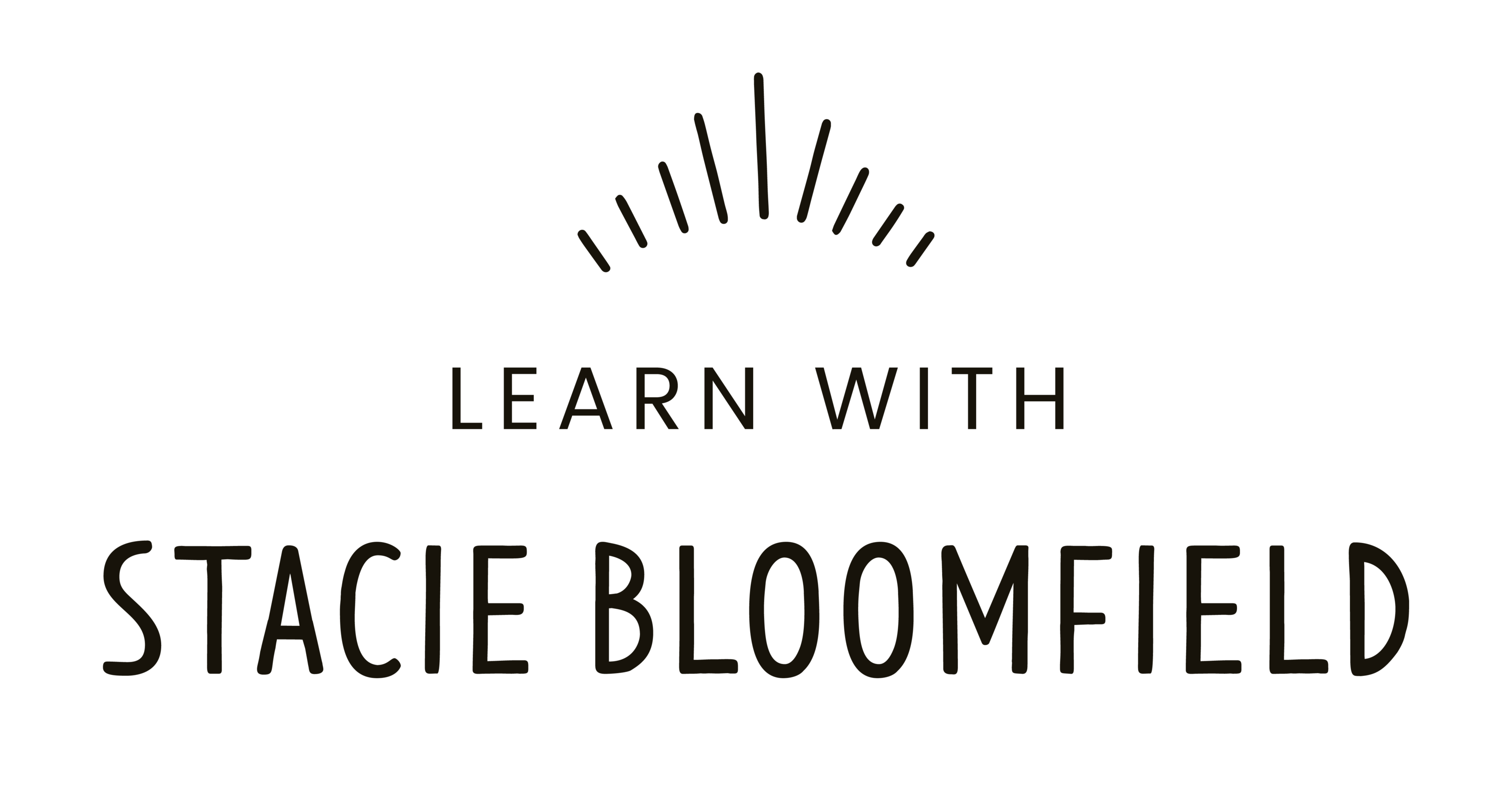In this episode, Stacie sits down with Sandra Mejia, a Colombian-born, Canadian-based illustrator and pattern designer. Sandra shares her inspiring journey from the corporate world to the creative sphere, navigating personal and professional challenges, and ultimately discovering her passion for illustration and product design.
From Corporate Life to Creative Freedom
Sandra’s story begins in Colombia, where she worked in a corporate job in communications and project management. Though financially stable, Sandra felt unfulfilled and longed for a more creative outlet. She made a bold decision: she quit her job, sold her car, and moved to Argentina to pursue a career in advertising. However, it wasn’t long before she realized this path wasn’t for her. But a pivotal moment came when she began drawing in her free time, and a friend in the TV industry asked to hire her for illustrations.
That was the turning point. Sandra realized that she could make a living from her art and decided to pursue illustration full-time, even though it was a rare field in Colombia at the time. Her entrepreneurial journey started with creating her own products to showcase her art.
The Danger of “Hope Marketing”
As Sandra’s business grew, so did her product line—but she quickly realized the dangers of doing too much at once. Sandra fell into the trap of what Stacie calls “hope marketing”—producing a wide array of products without a clear strategy, hoping something would stick. “I was rushing,” Sandra recalls, “thinking that more products would mean more visibility.” However, this lack of focus led to stretched resources, inconsistent quality, and a sense of overwhelm.
Sandra learned the hard way that spreading yourself too thin can dilute the impact of your work. She struggled with managing multiple product lines—mugs, pillows, notebooks, and bags—and lost focus on what she loved most: creating art.
Finding Focus: The Power of a Signature Product
One of the biggest lessons Sandra learned was the importance of focus. Rather than juggling countless products, she found success in narrowing her offerings down to one key item: cosmetic pouches. These products resonated with her customers and allowed her to channel her energy into perfecting both the design and the manufacturing process.
Stacie and Sandra discuss how crucial it is for artists to avoid the trap of launching too many products without a clear direction. Stacie emphasizes the importance of identifying one signature product to hone and perfect—a strategy she used in her own business with her bestselling tea towels.
Shifting Focus After a Big Move
After moving to Canada, Sandra faced another major shift in her business. Manufacturing costs in Canada were much higher than in Colombia, which led her to pivot from creating physical products to focusing on art licensing. Yet again, Sandra had to balance multiple ventures, including running a Spoonflower shop and licensing her designs, which led to another period of spreading herself too thin.
Sandra’s advice? “You need to focus on what will push you toward your end goal.” Whether it’s licensing, product creation, or teaching, it’s essential to direct your energy toward one thing at a time to build a solid foundation before expanding.
The Importance of Time Audits
One of the key tools Sandra used to regain control over her time and priorities was a time audit. By tracking how much time she spent on different tasks, she realized how much energy was being drained by activities that weren’t pushing her business forward. This insight allowed her to realign her efforts and focus on what mattered most.
Stacie and Sandra encourage all artists to try a time audit to see where their time is going and how they can optimize their workday to stay on track with their business goals.
Embracing Failure and Pivots
For Sandra, failure wasn’t the end—it was an essential part of her journey. From managing unsold inventory to learning costly lessons about product manufacturing, she views these challenges as stepping stones to success. Sandra reminds listeners that pivoting in business isn’t a sign of failure but a necessary step toward growth.
As Sandra sums it up, “You need to assess if you’ve given something your all. If it’s not working, don’t be afraid to shift.”
Final Thoughts
Sandra Mejia’s story is a powerful reminder that success in the art business doesn’t come from doing everything—it comes from doing the right things with intention and focus. Whether you’re just starting out or reevaluating your business strategy, take Sandra’s advice: focus on what you love, build solid foundations, and don’t be afraid to pivot when necessary. If you want to learn more about Sandra’s journey and her mentorship programs for artists, visit her website at artbysandramejia.com.
